Fumbling new music in the dark
NewsThe Riot Ensemble are performing Solstices by Georg Friederich Haas at London’s Kings Place tonight.
It lasts 75 minutes and is played in total darkness.
Sam Wilson of the Riot Ensemble writes: The work begins by evoking micro movements on a forest floor, and then seems to move down through the earth into the planet’s core. Whether the audience is pushed back up to ground level or pulled down into the fiery magma is down to one’s own perception.
Sleep masks were step one as we prepared for the premiere in January 2019 at the (aptly named) Dark Music Days festival in Iceland. Simply turning the lights off just didn’t cut it. True darkness comes at a price – and a venue’s willingness to temporarily cover Exit signs, sound desks, and the red lights on movement sensors. The masks were due to come off in the performance, when the darkness was total, but for now, they’d have to do…
Read on here.

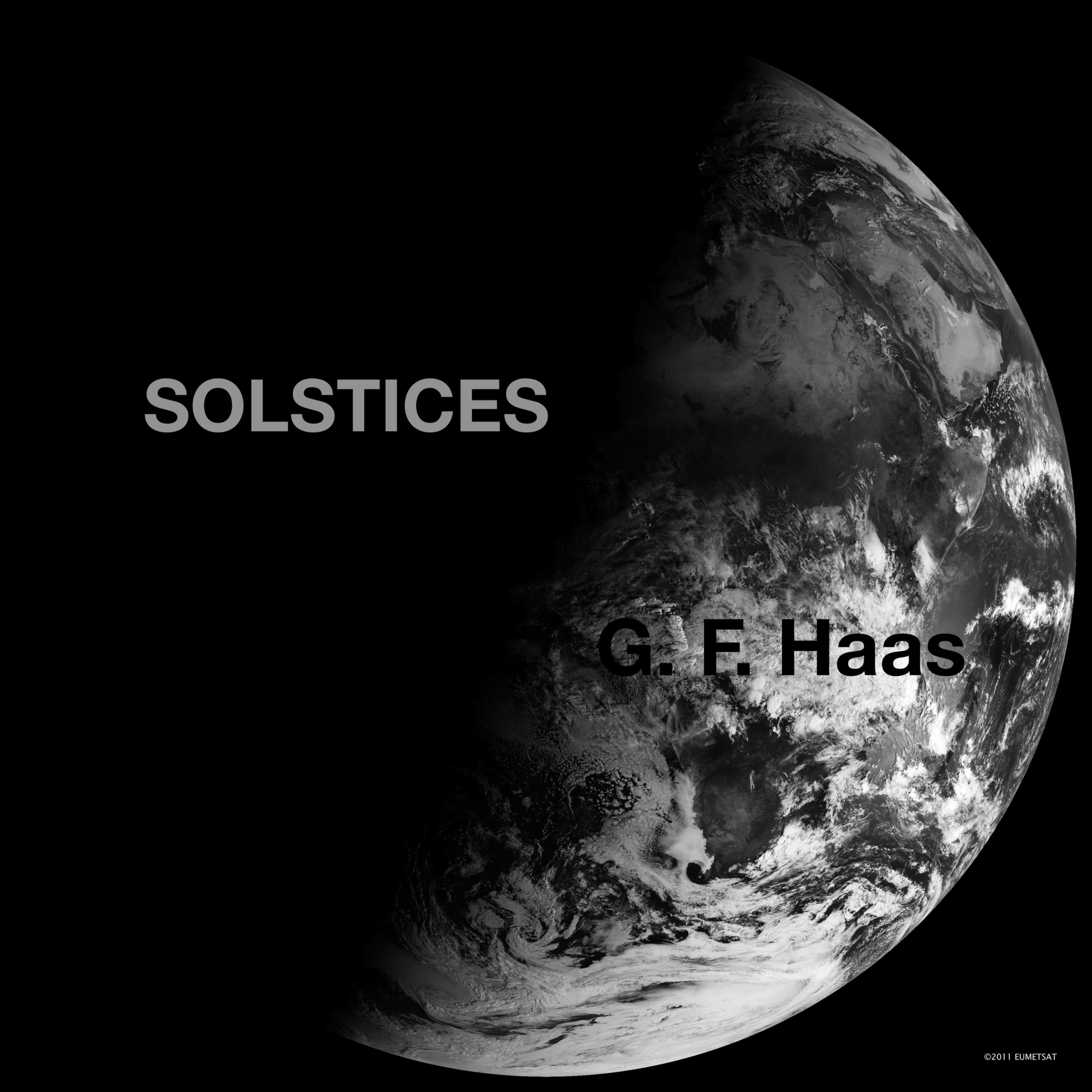
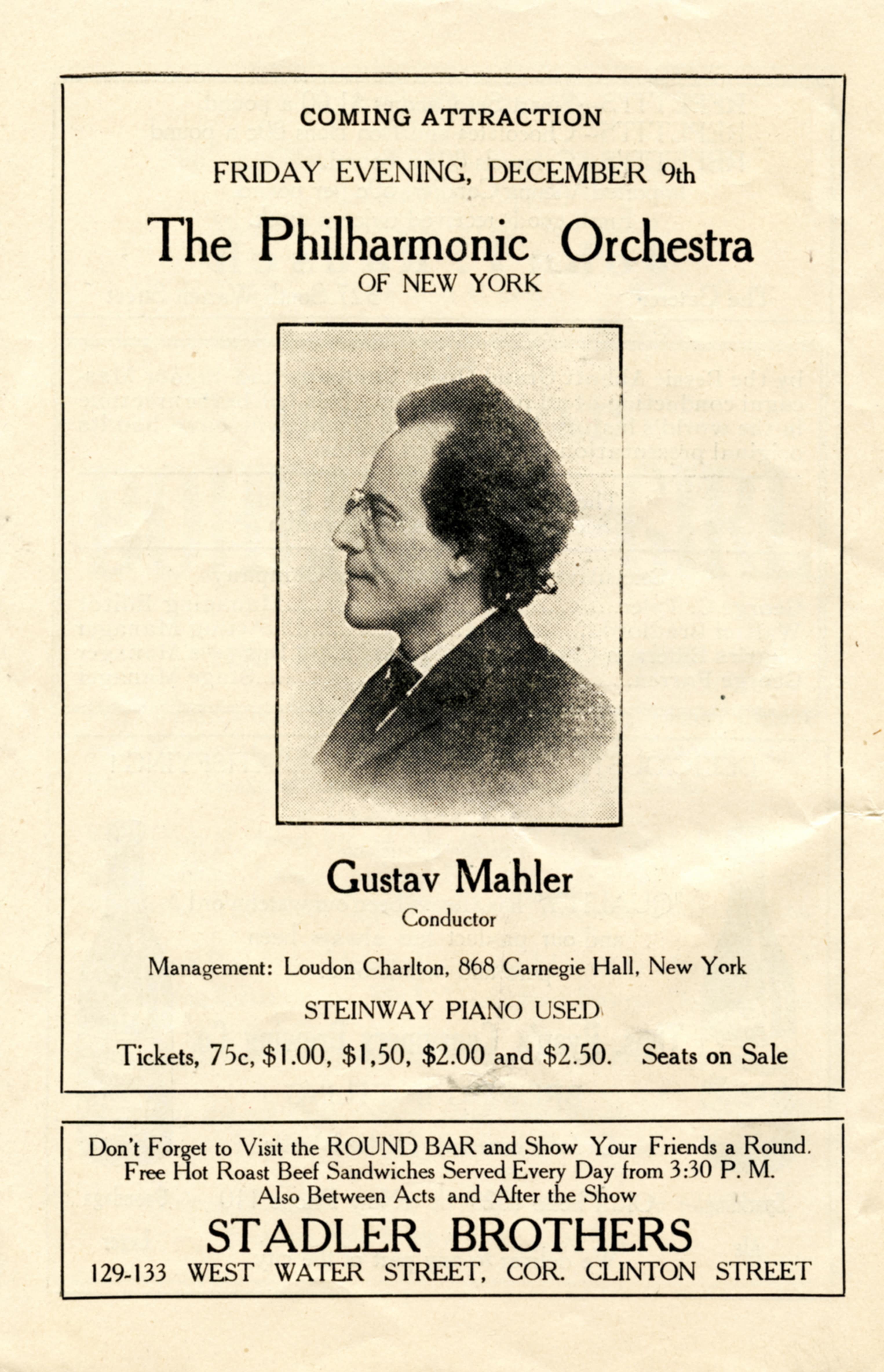
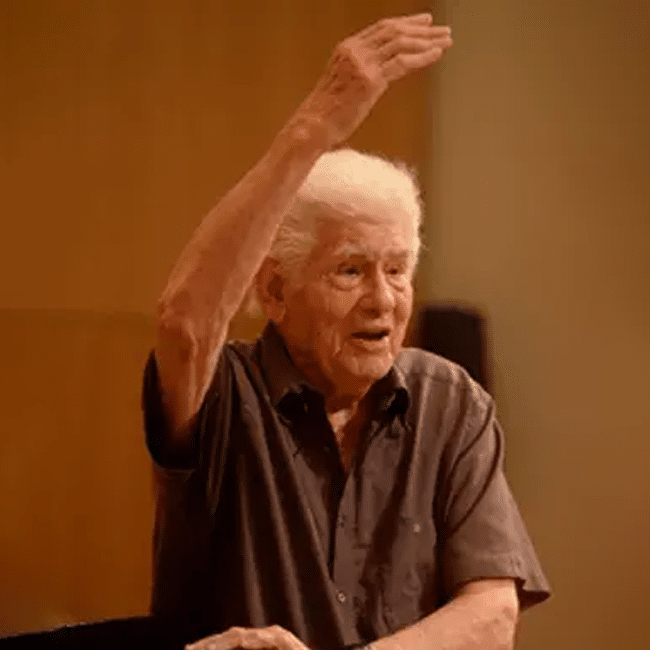
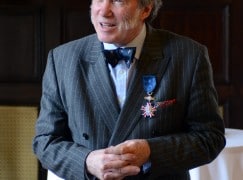
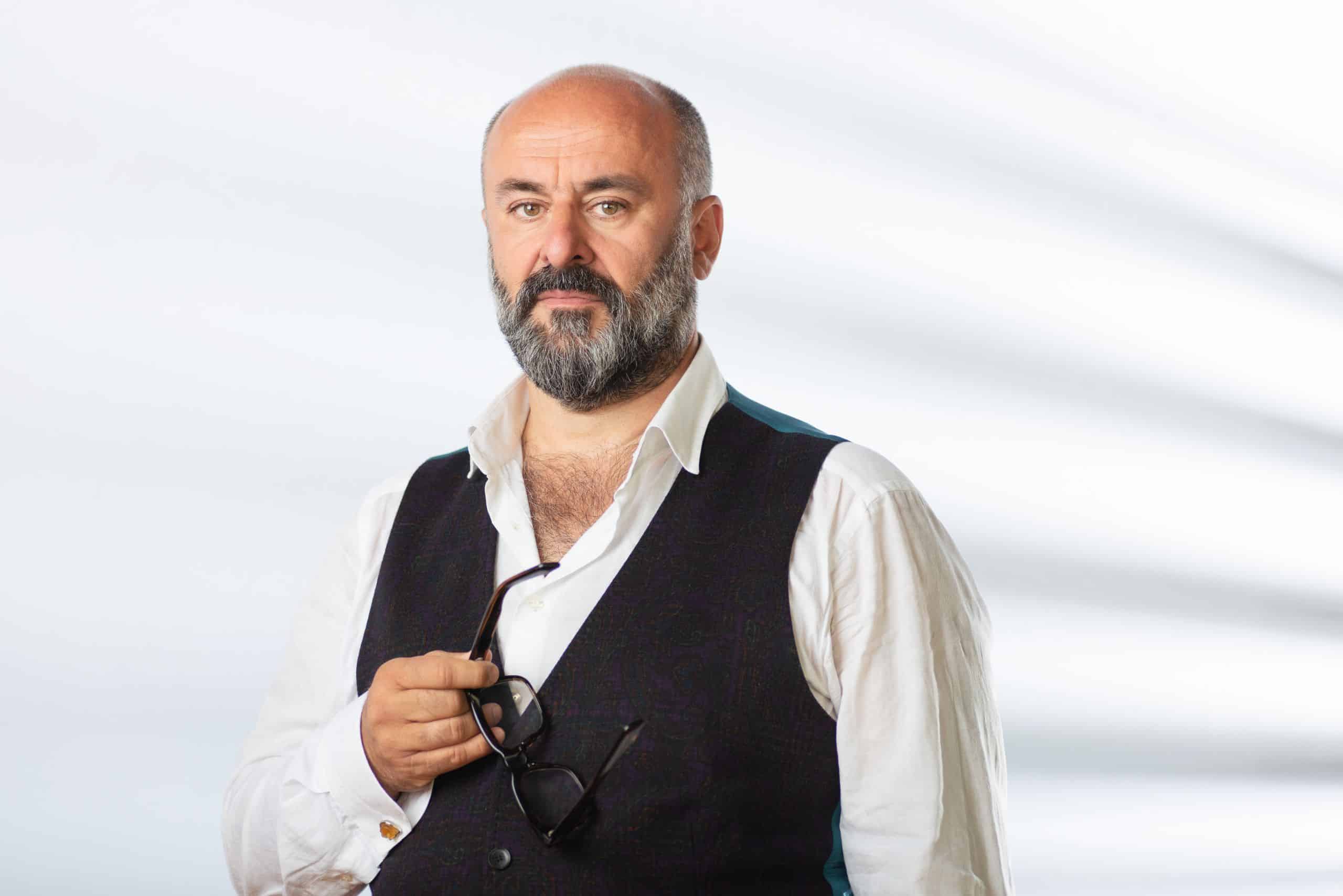
Did they perform because of that 10th of June eclipse? astrologists say it was the day when one could easily bid good riddance to bad rubbish 😉
Here it is, to be listend to with closed eyes:
https://www.youtube.com/watch?v=vUagpuZQR0E
Contrary to what quite a lot of people think, it is not hard to write such pieces, because an entire territory can be ignored. It’s only patterns.
I’m wondering if the creator laboured over this in pain and agony for months as Beethoven did with his compositions? Or sat in front of a computer screen with a cup of coffee.
I love it!! and it’s so long. One of my favorites! I took an afternoon off to listen to it again with curtains & eyes closed & a bottle of real vin de table at hand. Feeling truly modern, uplifted! There’s only that triad that hinders me but then I skip it, there’s enough other stuff.
Sally
Love your work, Sally!! Sally forth, as they say.
It is a tricky piece to perform. Not only have the musicians to play their part in total darkness – which requires learning their part by heart which takes months and months – but there is always the anxiety that when the lights go on, it is discovered that the audience has disappeared, as happened with a performance in January 2020 in Heidelberg. At that occasion, also the ushers had gone home and the players had to climb out of a window in the soloist room because all the doors of the building had been locked.
And then there is the returning difficulty that the piano has to be UNtuned before the performance, which always causes extensive discussions with the piano tuner who has no understanding of new music.
Holloway-Nahum seems to have anticipated this possibility by doing a 2-minute test run of the darkness (without music), inviting any audience member who thought he/she could not cope with such darkness to leave before the actual performance, in the interests of not disturbing the performance itself (opening a door to leave would have elicited an unacceptable incursion of light). As far as I could tell, nobody left (but I was on the front row, so I might not have noticed).
Performing in an institution for the blind would make such precautions superfluous.
I was at the performance — it was formidable, and the venue managed to get pretty close to complete darkness (despite being on the front row, I could not see any of the performers once the lights were off). It really did focus the ear — of particular salience to my ear was the creaking of the tuning mechanism during the multiple instances of gradual /scordatura/ in the double bass (resulting, eventually, in the strings being spaced at tritones or major 3rds — the former offered a significant contrast, on the medium-term structural level, to the use of harmonic series in the short-term foreground). It also seems to have forced me to reflect more intently on the unusual tuning of the pianoforte (it is difficult to be sure to what extent the darkness elicited this reflection — I expect I would have noticed the tuning in any case).
Would that more works could be performed in a comparable manner — performing in the dark charges the atmosphere with something special (the idea dates back at least as far as Chopin, who advised his pupils to practise in the dark), but demands so much more time and practice, and would be impracticable for many works.
Often music lovers close their eyes to better concentrate on the music. A very simple measure which does not require any difficult re-formatting of performance conditions.
And this comment is a correct description of how one listens to sonic art: one tries to follow the patterns and to pick-up the changes and colours. It’s like abstract painting where the onlooker is asked to get aware of colour and line as such, not of what it ‘means’ – i.e. there is no reference to the reality of the world.
Sonic art and abstract painting is the unmooring of certain properties of reality from their context and getting aware of them. Like filtering the yellowness of the flower from the flower, and the sound of music from the music. In the end, both arts are entirely materialistic and quite poor in aesthetic and psychological content. But for people being tired of ‘the real thing’, it can be refreshing, because it is easier.